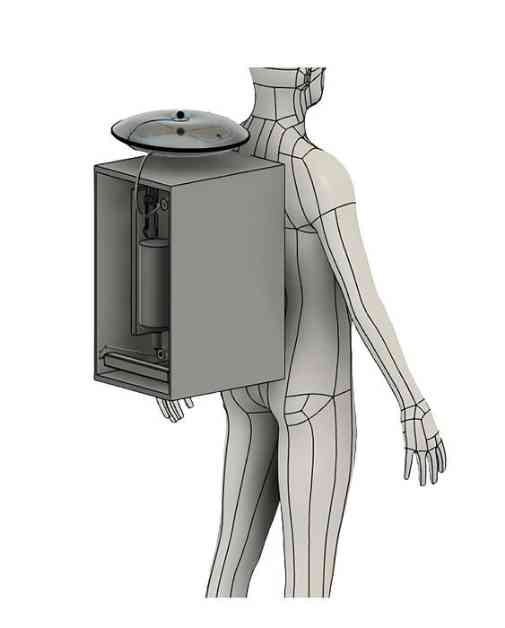A common question astronauts often face is how they go to the bathroom in space. The traditional method involved using adult diapers to absorb urine during space travel, which can be uncomfortable and unhygienic, especially for longer missions like those planned for Mars. However, a team of engineers at Cornell University has developed a revolutionary new technology that aims to replace space suit diapers with a more efficient and comfortable system.
This new system not only collects and filters urine but also transforms it into drinkable water, reducing the need for astronauts to carry large amounts of drinking water during their missions. The system works by collecting urine in a cup that covers the wearer’s genitals, vacuuming it through an external catheter, and directing it into an osmosis system that purifies the urine into filtered water. The cup is lined with a nylon-spandex blend to draw urine away from the body, while a moisture sensor activates a pump to move the urine into the filtration system.
The current Maximum Absorbency Garment (MAG) used by astronauts has been known to leak and cause health issues such as urinary tract infections, making the new technology a much-needed improvement in waste management in space. The high-tech backpack containing the filtration system further enhances the efficiency of the process by purifying the water from the urine, separating salt, and enriching the purified water with electrolytes for consumption.
These advancements in waste management systems are crucial for longer missions like the planned Artemis II mission to the Moon and future crewed missions to Mars. The new technology will undergo testing in simulated microgravity conditions before being used in actual spacewalks to ensure functionality and safety.
Overall, this innovative approach to in-suit waste management and water recovery in space promises to make space travel more comfortable, efficient, and sustainable for astronauts on long-duration missions. The development of such technologies highlights the continuous efforts to improve the quality of life for astronauts during their journeys beyond Earth’s atmosphere.






